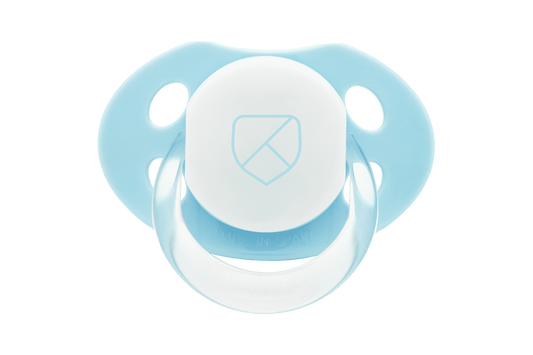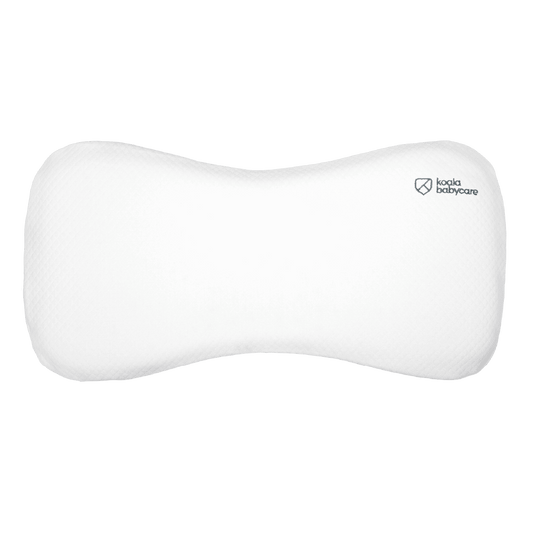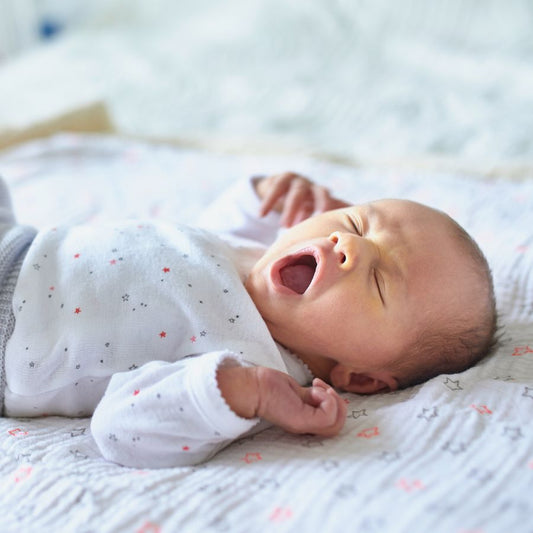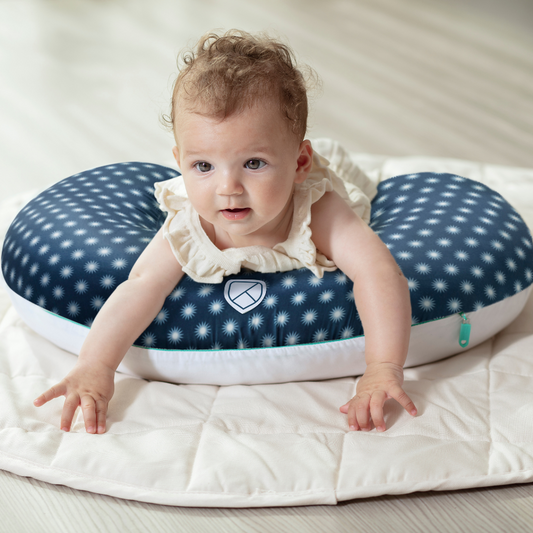Disinfecting your baby’s' toys from time to time, may seem a bit of an exaggeration by an overly-cautious parent.
However, it’s important to remove dust mites, which can induce allergies, especially on an infant’s skin and respiratory tract, and to eliminate germs and bacteria, which can lead to infection.
This is why it’s important to thoroughly sanitize your baby’s toys, especially their favourite ones which they put inside their mouths and are handled by their little friends and siblings frequently.
Remember: washing is not sterilising
Washing and sterilising are not the same thing.
Washing means removing dirt, dust, and impurities; sterilising means killing germs using products fit for purpose.
Let's take an example: in order to wash a baby's comforter, then machine-washing is enough, however, if you want to sterilise it, then you need to use a specific product, such as baking soda, and add it to the wash.
1. How often should I sterilise my baby's toys?
There’s no set rule about how often to sanitize your baby's toys, as it depends on how often they use them.
His favourite toy, for example, the one he keeps close by at all times and regularly puts inside his mouth, can be sanitised even every day, while other toys just once a week.
Toys used outdoors, such as in the park or on the beach, or those that your baby takes to nursery each day, should be sanitised as soon as you return home.
2. How to clean newborn toys which are plastic
Plastic toys are quite easy to clean. They can even be washed in the dishwasher.
To disinfect them thoroughly, wash in warm soapy water, using a small brush for all the hidden nooks and crannies. Then soak them in a solution made from water and baking soda and rinse well.
3. How to wash your baby’s favourite soft toy
Washing soft toys is more complex. The first thing to do is to read the manufacturer's instructions found on the label.
If it can be washed in the washing machine, you can use a delicate cycle with a gentle baby friendly non-bio detergent or baking soda.
Alternatively, wash by hand using non-bio detergent and baking soda, rinsing gently.
It is important to dry well, as soft toys are more prone to residual moisture, which is a fertile environment for bacterial growth. Dry with the help of a hairdryer and then leave outdoors for at least 24 hours.
4. How to clean wooden toys
There is one golden rule for wooden toys: never soak them in water. To sanitize them you will need to use a damp cloth (not too wet) moistened with water and alcohol, or even a disinfectant wipe.
You can also use a solution of water, vinegar, and mild detergent, and use a spray bottle to spray directly on the toy, wiping dry with a cloth.
5. What cleaning products should I use to disinfect my baby's toys?
Up until now, we’ve mostly talked about baking soda, given its natural and environmentally friendly, it’s always our first choice.
However, there are other antibacterial and disinfectant products you can use, such as bleach, diluted in water with a ratio 1/3 bleach and 2/3 water.
There are also other disinfectant products available on the market, without the need for rinsing.
A good alternative to baking soda is to make up a solution of water, vinegar, and mild detergent, and disinfect toys (even wooden, metal or fabric toys) using a spray bottle.
Battery-operated and electrical toys require a different type of care: it goes without saying that they must be unplugged from the power outlet before washing.
Also don’t forget to remove batteries before cleaning battery-operated toys. One last tip: even if they don’t have batteries, avoid soaking your baby’s toys in water to avoid any damage. Much better to use a cloth moistened with a cleaning solution.










